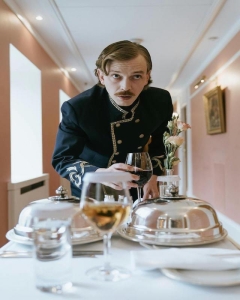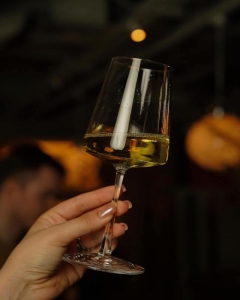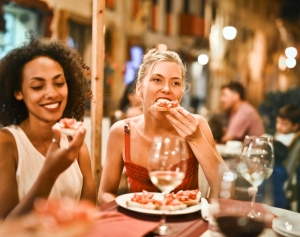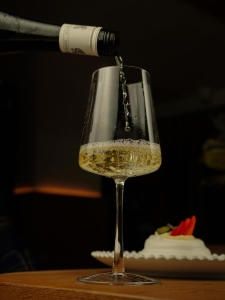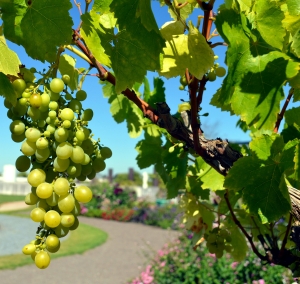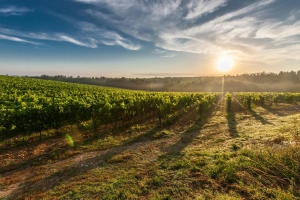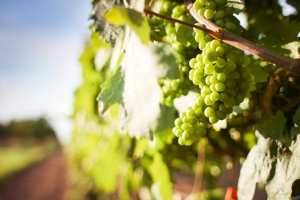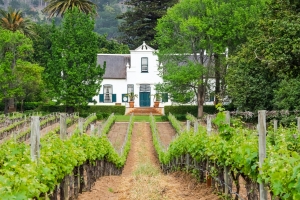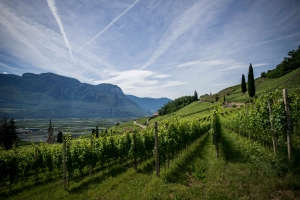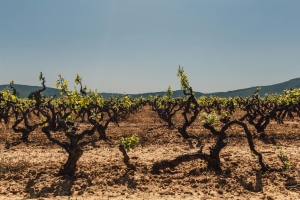Why Wine Training Matters in Hospitality and Retail
Wine training has become a must have in the hospitality and retail world where knowledgeable staff can make all the difference to the customer and the sales. In an industry where wine is at the heart of the dining and shopping experience, understanding it is key. Here’s why wine training matters in hospitality and retail.
Customer Experience
Wine training gives staff the knowledge and skills to deliver exceptional service and here’s how:
Recommendations
One of the biggest benefits of wine training is being able to make recommendations. Trained staff can guide customers to the wines they like, that go with their meal and fit their budget. This bespoke service helps customers find the perfect wine and shows you care about them. For example a knowledgeable server in a restaurant can recommend a wine that matches the customer’s chosen dish, for a memorable experience.
Customer Queries
Customers have questions about wine, whether it’s about varietals, regions or food pairings. Wine trained staff can answer these questions with confidence and accuracy. This builds trust with the customer and positions the business as the go to wine expert. Staff who understand wine terminology and concepts can have meaningful conversations with customers and enrich their experience and sense of belonging.
Ambience
A trained team creates a welcoming and professional environment. In the hospitality sector, restaurants and hotels, being able to talk about wine with expertise and passion adds to the dining or lodging experience. In retail, knowledgeable staff can make customers feel valued and respected, encouraging repeat business and word of mouth. Wine training helps staff to communicate with confidence and create an inviting and engaging environment for customers.
Sales and Revenue
Wine training can have a direct impact on sales and revenue in both hospitality and retail. Here’s how:
Upselling and Cross Selling
Trained staff can upsell and cross sell wine products. In a restaurant this might be suggesting a premium wine to go with a meal or a wine flight that allows customers to try different options. In a retail environment it could be recommending complementary products such as wine accessories or gourmet food items. Good wine training helps staff to identify upsell and cross sell opportunities and increase the average transaction value and revenue.
Wine Sales
Understanding wine trends, consumer preferences and pricing strategy allows staff to make informed recommendations that match the current market. For example knowledge of the latest wine trends can help staff suggest popular or unique wines that will resonate with customers. This insight allows businesses to optimise their wine lists and inventory so they have products that are in demand and maximise sales opportunities.
Reducing Wine Waste
Good wine training also helps to manage wine inventory better, reduce waste and minimise losses. Staff trained in proper wine storage, handling and serving can ensure wine is stored at the right temperature, served correctly and consumed within its use by date. This reduces spoilage and waste and improves the overall profitability of wine sales.
Brand Reputation
Wine training helps to build and maintain a strong brand. Here’s how:
Credibility
Businesses that invest in wine training show they care about expertise and professionalism. In the hospitality sector this expertise can make a restaurant or hotel the go to destination for wine lovers. In retail it makes the store the trusted source of quality wines and good advice. This credibility attracts the discerning customer and builds loyalty and the overall brand.
Customer Loyalty
When customers receive great service and good recommendations they are more likely to come back and recommend the business to others. Wine trained staff create positive experiences that build customer loyalty and repeat business. In a competitive market building a loyal customer base is key to long term success and wine training is part of that.
Reviews and Referrals
Happy customers are more likely to leave reviews and refer others to the business. Wine training helps to create memorable experiences customers want to share. Reviews on platforms like Yelp, TripAdvisor or Google can impact the business’s reputation and attract new customers. Word of mouth referrals from happy customers can drive traffic and increase sales.
Wine Training Programs
To get the benefits of wine training businesses need to implement effective training programs that meet their needs and goals. Here are some key points:
Bespoke Training
Tailor the training to the business, whether it’s a restaurant, hotel or retail store. Focus on wine knowledge, customer service and sales techniques. Bespoke training ensures staff get relevant and practical information that matches the business’s products and objectives.
Continuous Education
Wine training should be an ongoing process not a one off event. Offer regular refresher courses, tastings and updates on wine trends to keep staff informed and engaged. Continuous education helps staff stay up to date with industry developments and continually improve their wine knowledge and service skills.
Certification and Recognition
Consider certifying or recognising staff who complete wine training. Certifications like the Court of Master Sommeliers or Wine & Spirit Education Trust (WSET) can increase staff credibility and motivation. Recognition and rewards for completing training can boost morale and encourage excellence.
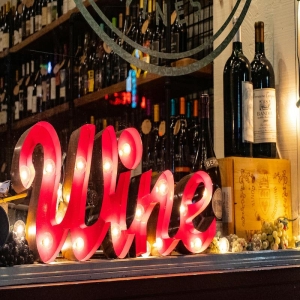
Final Thoughts
Wine training is an essential investment for hospitality and retail businesses to improve customer experience, drive sales and build brand reputation. By giving staff the knowledge and skills to make recommendations, answer questions and create welcoming environments businesses can see significant results and long term success. Bespoke wine training and continuous education ensures staff are knowledgeable, engaged and able to deliver great service. As the wine industry changes wine training will be a key part of business excellence and customer satisfaction. Cheers to the benefits of wine training and the good news for the hospitality and retail industries!

